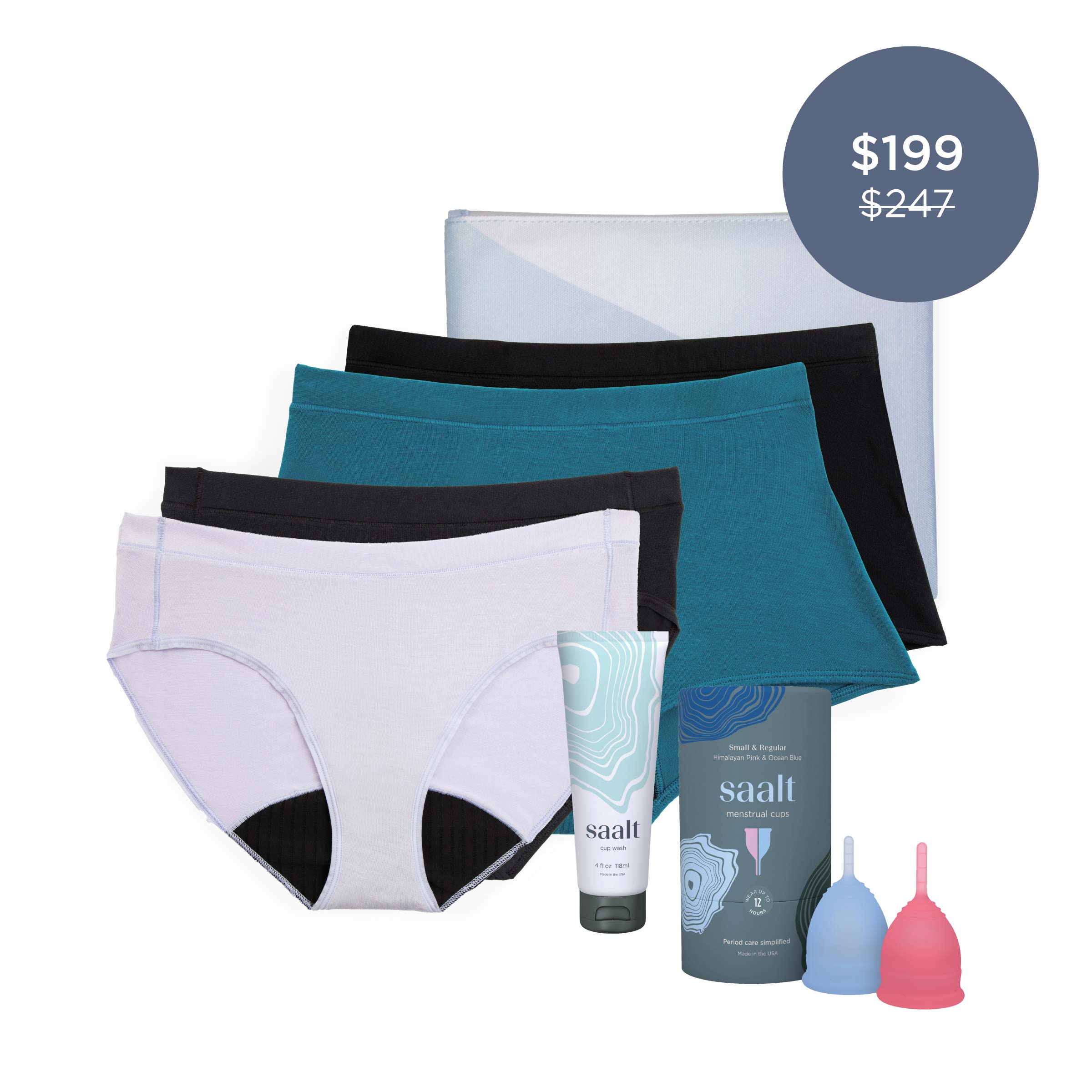What Is Autodumping?
If you’ve ever scrolled through menstrual care forums or videos, you might have come across the term "autodumping" (or self-emptying) when people talk about menstrual discs. If you’re confused or even a little alarmed by the idea, don’t worry, we’re here to break it all down in a way that’s simple, educational, and (hopefully) reassuring!
Autodumping refers to a menstrual disc’s ability to partially empty itself when you use the restroom. Unlike menstrual cups, which rely on suction to stay in place, discs sit in the vaginal fornix, the space just below the cervix that naturally holds them in place. Because discs don’t form a suction seal, they can shift slightly when you relax your muscles to use the restroom, allowing some fluid to escape into the toilet.
While this might sound messy, most users find that self-emptying is actually a convenient way to extend the wear time of their disc without needing to remove and fully empty it.
Does every menstrual disc autodump?
Not necessarily! Whether or not auto-dumping happens depends on several factors:
-
Your pelvic floor strength: If your pelvic muscles are on the tighter side, the disc may stay firmly in place and not release fluid. On the flip side, if your muscles naturally allow a little more movement, autodumping is more likely.
-
The disc’s design: Some menstrual discs are more flexible and may shift more easily when you bear down, while others have a firmer rim that stays put. While self-emptying can happen with both disposable menstrual discs and reusable menstrual discs, reusable discs have more size and firmness options so you can find your perfect fit.
-
The disc size: If the disc fits just perfectly in your fornix, it may not self-empty. However, this doesn’t mean that self-emptying is a sign that your disc is the wrong size, as long as it only happens when you’re using the restroom!
How does autodumping work?
Autodumping happens when a menstrual disc shifts slightly during urination, bowel movements, or bearing down, allowing some of the collected menstrual fluid to leak or empty out naturally into the toilet without removing the disc.
How It Works — Step by Step:
-
The disc sits in the vaginal fornix (the wider space just below the cervix), held in place behind the pubic bone.
-
When you bear down (e.g., during urination or bowel movement), your pelvic floor muscles contract and shift the disc slightly out of place (note - this doesn't happen with everyone).
-
This can break the seal or tilt the disc, allowing some blood to pour out — typically into the toilet.
-
Once you relax your muscles, the disc settles back into position and continues collecting blood as usual.
Key Points:
-
You don’t have to take the disc out for it to empty (in some cases). Many people find this to be a benefit to menstrual discs as they can release some of the contents without having to remove the disc entirely. (Note that menstrual discs should be removed every 12 hours and washed before reinsertion.)
-
It’s not a full emptying — just a partial release.
-
Not everyone experiences autodumping, and how often it happens depends on:
-
-
Pelvic floor strength
-
Anatomy
-
Type of disc (some are firmer or softer)
-
How deep it's inserted
-
-
Can You Trigger Autodumping on Purpose?
Yes! Some people intentionally bear down while on the toilet to allow for an "autodump" before re-sealing the disc in place — especially helpful on heavy flow days.
Autodumping Truth Bomb
Autodumping is one of those quirks that makes menstrual discs unique. While it might take a little getting used to, many people love this feature for its convenience. If you don’t want a product that self-empties, you may prefer a period cup. If you want a little extra peace of mind while you adjust to a menstrual disc or cup, consider pairing it with period underwear for the ultimate leakproof protection. As with any period product, it’s all about finding what works best for you!
tags: Menstrual Discs,








